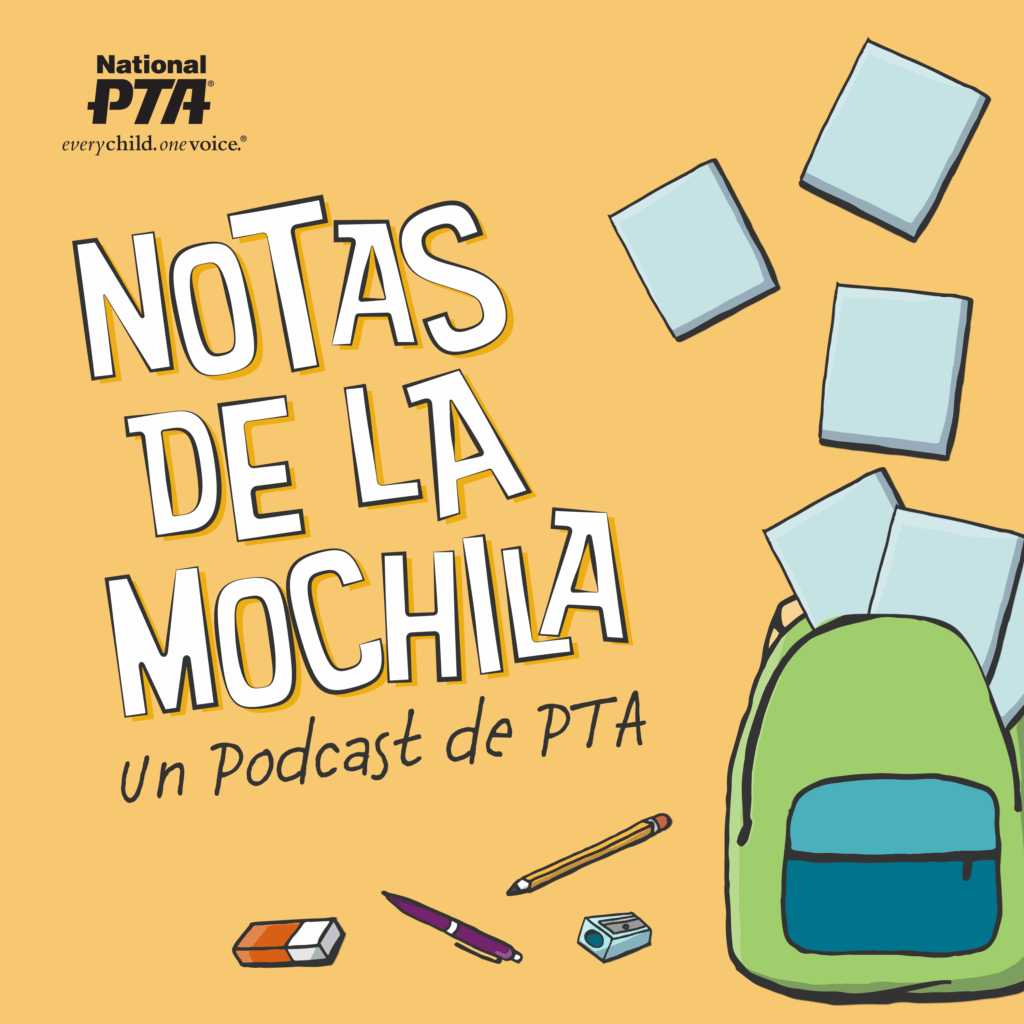
Effective communication is essential to driving PTA member engagement. Yet all too often, we see PTA leaders make several crucial mistakes. Here are 10 of the most common communication pitfalls and how you can avoid them with your PTA.
- Communicating with your PTA members only when you need money. Yes, school fundraising is important. But your PTA members want to know about other things as well, such as school events, PTA programs and volunteer opportunities. Sharing this information will give everyone a deeper connection to the school and to your PTA. That deeper connection will allow you to raise more money when you organize your next fundraiser.
- Communicating too much. If you find yourself hitting the “Send” button several times a day, you’re communicating too much. Few parents enjoy receiving multiple emails every day from their PTA leader. If you have a lot to say, try combining your requests and updates into a single email or newsletter. Parent portal platforms such as SimplyCircle allow you to consolidate all your communication into a single Daily Digest.
- Communicating at inconsistent frequency. One week you’re sending many emails per day. Then your members don’t hear from you for a month. Unless there’s a good reason for your silence (like a long school holiday), you should pick your communication frequency (daily, weekly or monthly) and stick with it. A good rule of thumb to keep in mind is this: the larger the group, the less frequently you should be communicating. Plus, knowing that your communications always come out on Mondays at 3 p.m. will “condition” your group members to open your emails. That translates into higher member engagement for you.
- Not being clear about what’s most important. When you put your most important request at the bottom of a 4-page long newsletter (and you should think twice about sending out a 4-page long newsletter in the first place), your critical call to action will more than likely never get seen. Instead, put your main request at the beginning. It should appear both in the subject line and at the top of your email or newsletter.
- Making it difficult to take action. The whole point of communication is to drive member engagement, right? So make it as easy as possible for members to engage. If you’re asking them to volunteer, let them sign up with one click. Don’t send them to a paper signup at the school office, or to a spreadsheet that half of the school can’t open. Parent portal platforms such as SimplyCircle integrate signups, event RSVPs and post commenting. When you make it simple for people to volunteer and otherwise engage, you’ll find more of them will do it.
- Starting a reply-all email mess. This one is a personal pet peeve of mine. I hate getting emails that ask people to bring food to an upcoming school event where everyone is on the “to” line. Within minutes, my inbox is flooded with “reply all” responses: “I will bring watermelons”. “I won’t be attending”. “What kind of cheese do people like?” Instead, use a platform like SimplyCircle. It allows people to sign up without the blow-by-blow commentary of who is doing what. If people are commenting on your posts, all the comments are summarized in one convenient Daily Digest. If you must communicate by regular email, then put everyone’s email addresses on the Bcc line.
- Not respecting people’s privacy. There’s another reason why you should put everyone on the Bcc line. It signals that you respect their privacy. I remember freaking out when I got an email from a non-profit organization I just joined, and saw my email address displayed on the “to” line. Needless to say, I severed my ties with that nonprofit in seconds. People are rightly paranoid about their privacy. So either move everyone to the “Bcc” line, or use a service like SimplyCircle. It hides email addresses, while still allowing everyone to communicate.
- Not providing easy opt-out or unsubscribe options. In 2003, Congress passed a law called CAN-SPAM. The law requires senders of commercial messages to let recipients unsubscribe from unwanted emails. While PTAs are not commercial entities that are bound by CAN-SPAM law, it is still a good idea to let people opt out. Here’s why. If you irritate people with frequent communications, and don’t let them get off your mailing list, they will mark your email as “spam”. Too many spam complaints will ruin your email deliverability. That means that all your emails will start landing in people’s spam folders. Needless to say, not being able to connect your PTA members is not effective for great outreach. So let people unsubscribe if they want to.
- Making typos or other mistakes in your communication. Spelling or grammatical errors make communication look unprofessional. Fortunately, these errors are easy to avoid. Just run a spelling and grammar check before sending something out. Also be sure to check your email for accuracy and completeness. You don’t want to have to contact a thousand people with an “oops, I got the date wrong” email. Remember, once you hit that “send” button, there’s no way to unring that bell. The email is out.
- Leaving some people out. Make sure your communications include everyone. For example, you should not limit your updates to just paying PTA members. Everybody needs to be informed about school and PTA events. In fact, if you keep parents in the loop and make them feel like part of the community, they might decide to join your PTA. If you have a large Hispanic population at your school, you should try to write in both English and Spanish. Using a free program like Google Translate is better than nothing. But you should be able to get translation help from someone at your school who speaks both languages.
If you avoid these 10 common communication mistakes, you will get higher member engagement.
Want to learn more about how you can simplify PTA member communication? Visit SimplyCircle.com.
Happy communicating!
Dr. Elena Krasnoperova is the Founder and CEO of SimplyCircle, a popular parent portal for PTAs, PTOs and other parent communities. She is a mother of two children in elementary school, and an active member of the PTA.
















